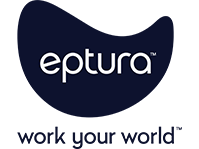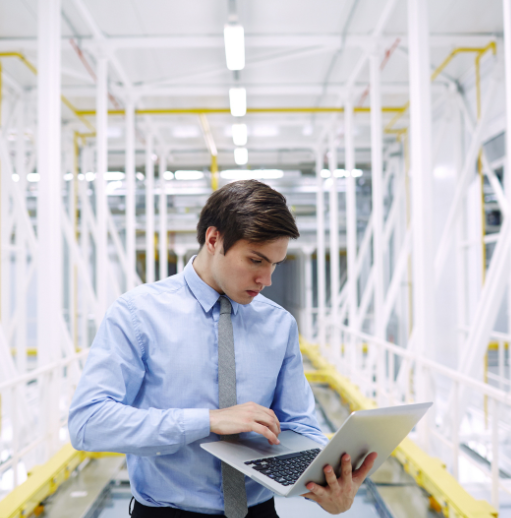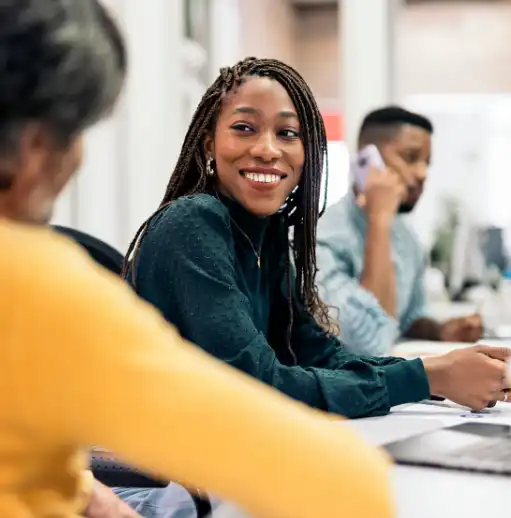Tica Masuku is a Human Geographer and the Global Workplace Strategy Director at Spaceful where she is passionate about understanding the interrelatedness of the environment and the human condition. Our host Mike Petrusky discusses Tica’s insights from her training in human geography and her experiences helping clients manage their workplaces. They explore the trends and challenges in corporate real estate and facility management, the importance of understanding the interplay between people and place, and the impact of the digital age on our workplace experiences.
Agenda
- Application of human geography principles to workplace design
- Insights into current trends and challenges in the corporate real estate and facility management industry
- Impact of digital technology on physical office environments
- Importance of storytelling in workplace design
What you need to know: Workplace takeaways
Takeaway 1: The interplay between people and place is crucial for creating great workplace experiences.
Tika Masuku, the Global Workplace Strategy Director for Spaceful, emphasizes the importance of understanding the relationship between people and place. “There is this interrelation happening between people and place where people influence place, but place also influences people, and we need to understand it both ways in order to create great workplace experiences,” she explains.
She highlights a practical example of this interplay: “One thing I observed the other day, which is a very small thing, is that there was this coffee cup that was in the reception area. It was an empty coffee cup, and that empty coffee cup stayed there for the whole day, and it made me think about: all right, so there is a receptionist here. Multiple people would have seen the empty coffee cup, but no one felt compelled to clean it up, right? What does that say about their relationship to their workplace?”
Masuku suggests that sharing the stories behind workplace design elements can foster a deeper connection and pride among employees. “When the people enter their workplace, they of course have high expectations, and then when they notice that weird looking ceiling pattern, they’re like ‘oh, this is not really great’, until they hear the story behind it, which is circularity, and we’ve reused the ceiling tiles. So now those tiles become a point of storytelling and a point of being proud of their workplace,” she notes.
Takeaway 2: Real estate planning requires a multidisciplinary approach involving top leadership.
Masuku discusses the challenges faced by real estate teams in planning for the future of work: “Some of the ingredients that we need needs to come from the executive level where you need to understand, OK, what are the business objectives? What is our 5-year business plan? Where are we heading? Are the mergers and acquisitions happening? What is the overall company view on how often we want to have our people working from our office?”
She emphasizes the need for a collaborative approach: “I think the real estate question is really something that needs to be discussed as a top leadership priority, as it needs to have this multidisciplinary approach where HR is in the room, the real estate team is in the room, the CFO, the CEO should be in the room because it’s people and place, it’s so connected and it needs to be in harmony.”
Masuku also points out the importance of aligning real estate plans with business objectives: “The difficulty there is that yes, the real estate team has the responsibility but not necessarily the authority to make a call on the number of days in the office. And that makes it so hard to have a robust long term real estate plan because the moment you change your return to office mandate from 2 to 4 days a week in the office, it completely changes the needs for your real estate portfolio.”
Takeaway 3: The digital age is impacting our awareness of physical office environments.
Masuku reflects on the impact of the digital world on our connection to physical spaces: “As we head into the future, the power of place is incredible. I think that through creating great workplace experiences we can actually facilitate our emotional intelligence and cognitive intelligence development that we all need as knowledge workers in workplaces.”
She shares her observations: “We are so incredibly engaged in this digital world where we look up, we are looking at squares all day long, or rectangles I should say. We look at our rectangle early in the morning, our phones, and then we move to our laptops, our monitor screens, video conferencing. And how much are our office users actually aware of their physical office environments?”
Masuku advocates for leveraging physical spaces to support human intelligence: “What may happen is that knowledge workers undertake a lot of activities whilst offloading some of that brainwork to AIs. Now how can we make sure that through places we can support that emotional intelligence and cognitive intelligence so that we as human beings can stay close to our human intelligence and not become so driven through artificial intelligence? I think the world is a much more beautiful place when it’s led by humans.”
Workplace management insights
- Human geography is the study of human behavior and its spatial components, which can be applied to understand how people interact with their workplace environments.
- The real estate team’s responsibility to plan for the long term is complicated by the lack of clarity from top leadership regarding business objectives and future work models.
- The relationship between people and place is bidirectional, and observing small behaviors (like an empty coffee cup left in the reception area) can reveal deeper insights into organizational culture and employee engagement.
- Sharing the story behind workplace design decisions can enhance employees’ pride and connection to their work environment.
- The digital age is impacting how people engage with physical office environments, and there is a growing need to balance digital and physical spaces to support human intelligence and well-being.
Do a deep dive into more workplace insights by exploring all Workplace Innovator podcast episodes.





